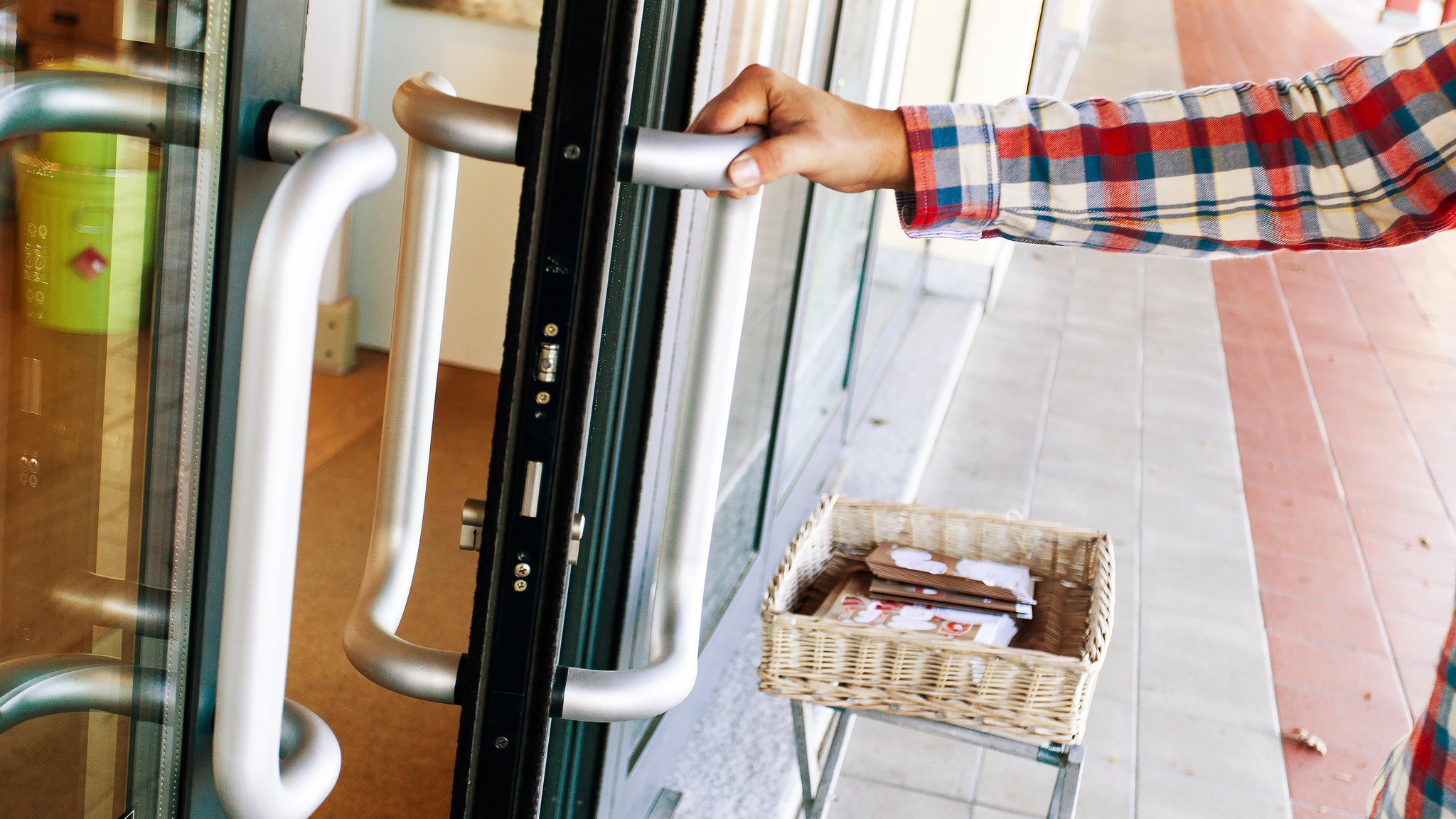What's the Risk of Catching Coronavirus From a Surface?
Touching contaminated objects and then infecting ourselves with the germs is not typically how the virus spreads. But it can happen. Fears about catching the coronavirus from contaminated surfaces have prompted many of us to spend the past few months wiping down groceries, leaving packages unopened and stressing about touching elevator buttons.
According to a recent news release, the CDC cites that although it is “possible for a person to get Covid-19 by touching a surface or object that has the virus on it and then touching their own mouth, nose, or possibly eyes,” this type of transmission “isn’t thought to be the main way the virus spreads.” Dr. Chudnovsky, a theoretical physicist whose research has focused on the spread of the airborne infection, pointed out that “surfaces frequently touched by a large number of people, like door handles, elevator buttons, etc., may play a more significant role in spreading the infection than objects touched incidentally, like food packages delivered to homes.” Even though high touch surfaces may not be the dominant form of transmission, it is still extremely important to social distance, wash your hands, not touch your face and wear masks to best protect yourself from the coronavirus.



